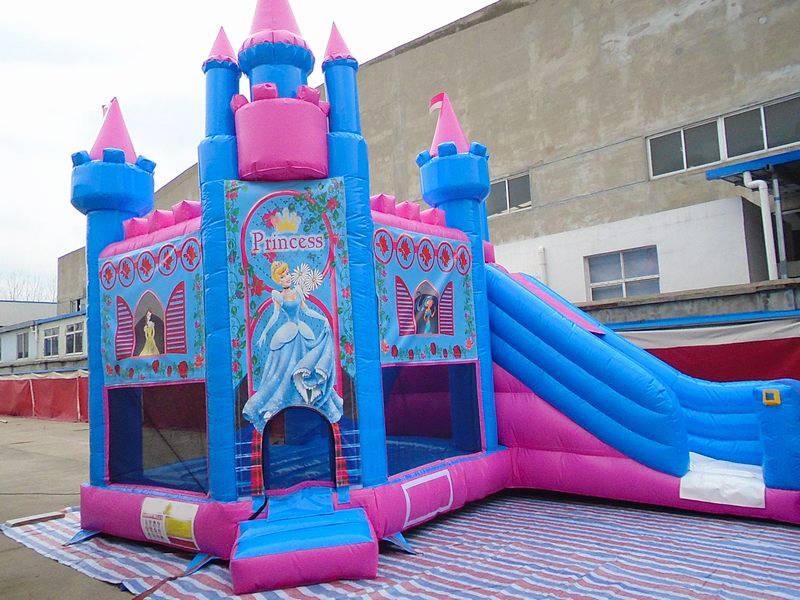Are There Weight Limits for Bounce Houses?

1. Weight Capacity Per User
Each bounce house has a weight capacity per individual user. These limits vary based on the type of bounce house:
- Small Bounce Houses: Typically support around 100 to 120 pounds per person, designed for young children.
- Medium Bounce Houses: Can handle 150 to 200 pounds per person, making them suitable for older kids or a mix of age groups.
- Large Bounce Houses: Support up to 250 pounds per person, often allowing both children and adults to use them safely.

2. Total Weight Limit
In addition to individual weight limits, bounce houses also have a total weight capacity that specifies how much combined weight the entire structure can handle:
- Small Units: Usually have a total weight limit of 300 to 500 pounds, allowing for multiple small children at once.
- Medium Units: These can handle 600 to 1,000 pounds, making them ideal for larger groups of children or mixed-age participants.
- Large Units: Large bounce houses, especially commercial-grade ones, can support 1,000 to 2,000 pounds or more, depending on the model.
3. Number of Users
The number of users allowed inside the bounce house at one time also affects its weight limit:
- Small Bounce Houses: Usually accommodate 3 to 5 children at once.
- Medium Bounce Houses: Can handle 5 to 8 users, depending on size and age.
- Large Bounce Houses: May allow 8 to 12 users or more, depending on the weight and size of participants.
4. Exceeding the Weight Limit
Exceeding the weight limit of a bounce house can lead to several safety and structural issues:
- Damage to the Material: Overloading can cause the material to stretch or tear, leading to permanent damage.
- Increased Risk of Injury: A bounce house that is overloaded may lose stability, increasing the risk of falls or collisions.
- Deflation: Too much weight can cause the bounce house to deflate or sag, posing a safety hazard for users.
5. Checking the Manufacturer’s Guidelines
Always refer to the manufacturer’s guidelines for specific weight limits and safety recommendations for your bounce house. These guidelines are typically included in the user manual or product description.
Conclusion
Bounce houses are designed with weight limits to ensure the safety of users and protect the inflatable from damage. By adhering to individual and total weight capacities, you can provide a safe and enjoyable experience for everyone. Always check the manufacturer’s recommendations and avoid exceeding the weight limits for optimal performance and safety.





Leave a Comment